Surprising Stories: Les Champs-Elysées, from Allée to Avenue
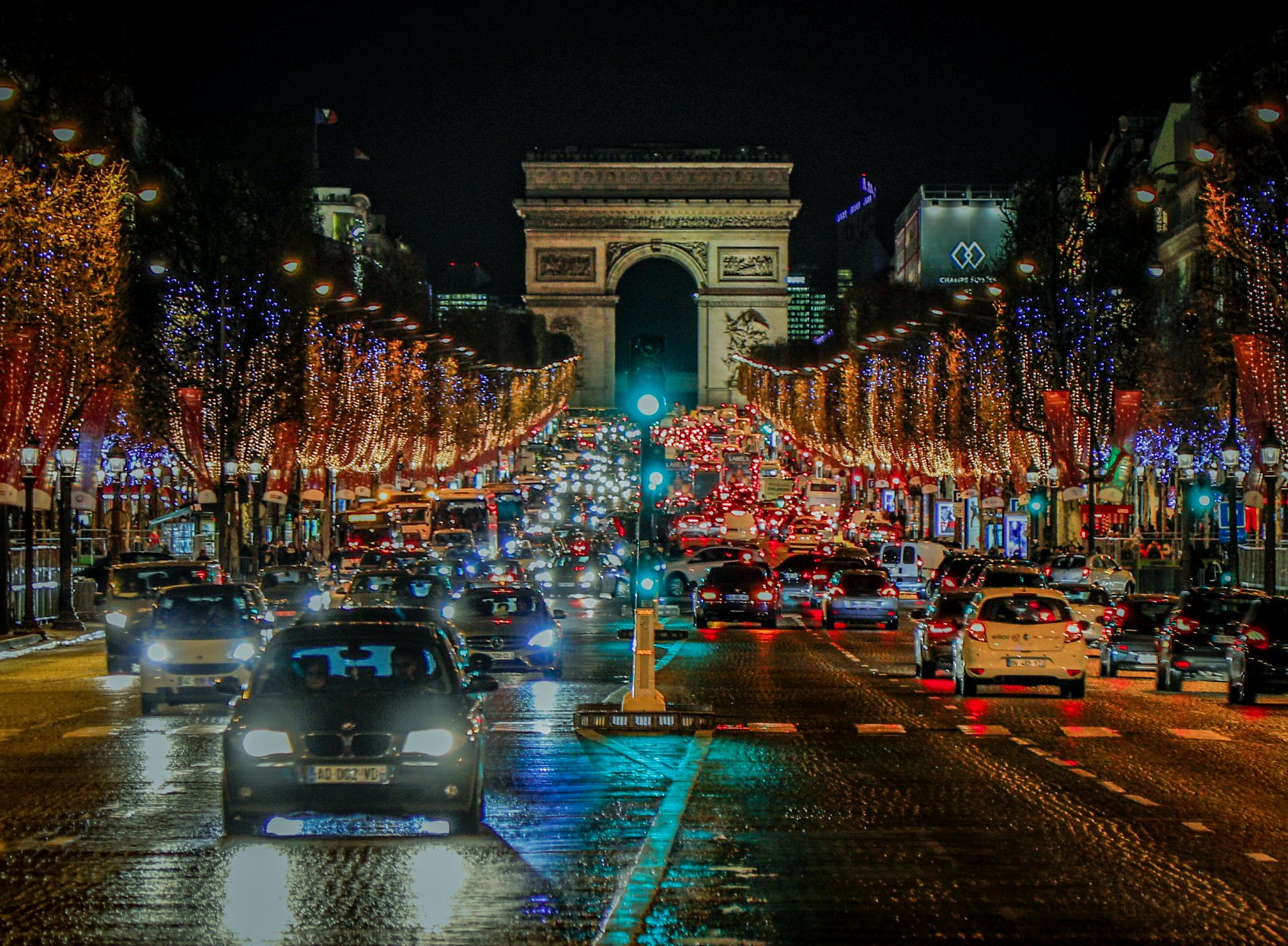
Les Champs-Elysées with Christmas lights, Photo: Wendi Halet/Flickr
This year the city of Paris will be ready for the holiday season: the colored lights will illuminate one of the most beautiful avenues of the world, adding a special allure inviting strollers (albeit safely distanced and masked) along the festive avenue. The Christmas market will be virtual and the crowds will wait to bring encouraged to ring in the New Year with restraint, but the Christmas light are a Parisian traditions, like the Tree in Rockefeller Center, inaugurating a holiday season unlike any other. Strolling the Champs is a walk through French history that entices Parisians and tourists alike at every season. But did you know it was inspired by garden design?
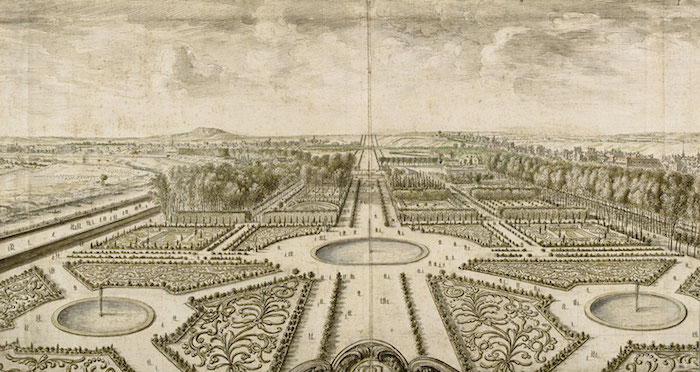
Les Champs Elysées de Le Notre © RMN – Jean-Gilles Berizzi
In 1564 Queen Marie de Medici decided to build a summer palace at the Tuileries. She planned an Italian garden with a central axis and surrounding wooded areas (bosquets or little woods) to frame the central pathways. Beyond the palace walls, the city was still surrounded by farm lands until one hundred years later when King Louis XIV commissioned France’s first landscape architect, André Le Nôtre to redesign the gardens of the Palais des Tuileries. Le Nôtre, was born at the Tuilleries and learned his trade as a gardener from his father. Le Nôtre’s many talents radically changed seventeenth century garden design, creating the French Formal Style that he expanded to Versailles. In Paris, he projected the wide allée to project to the west from the center of the redesigned grounds at the Tuileries. This transformation marked the beginning of modern urban planning, creating a new avenue that continued to the west towards Louis XIV’s Versailles!

Avenue des Champs-Élysées vue du haut de l’Arc de Triomphe, lithographie (?) de Félix Benoist (1818-1896)
One of the main attractions of the area was the fact that enterprising families, looking for stately homes near the Palace of the Tuileries and Louvre, turned to the new area near the Rond Point. In 1765 Louis XV’s Mistress Madame de de Pompadour’s purchased the Elysée Palace creating a frenzy of building of stately mansions in the now fashionable district. Today the Palais de l’Elysée is the residence for the President of France.
The history of the Avenue was also related to the development of today’s Place de la Concorde. The site was originally considered a royal square that was dedicated to Louis XV. Designed by the king’s favorite architect, Jaques Ange Gabriel, the octagon space was inaugurated in 1763 with an equestrian statue of the King. The Place Louis XV, the central crossroads from the Right to the Left back was critical to the successful urban development. A mere 15 years later his square was transformed into the Place de la Revolution and finally the Place de la Concorde in the nineteenth century.
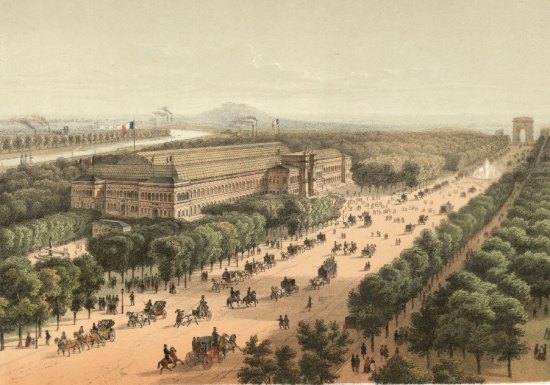
Vue du Palais de l’Industrie aux Champs-Élysées en 1855, par Léon-Auguste Asselineau
The 1800s saw some substantial changes to the avenue. These began with Napoléon Bonaparte, who chose to place his grand monument in honor of the First Empire’s military victories in the middle of the Axe Historique. Although the archway was only completed in 1836, two decades after the Emperor’s downfall, this instigated the avenue’s use for military parades and ceremonies. In the 1820s, the western half of the avenue was developed. Sidewalks and gas lighting were installed and private mansions, cafés, restaurants, fine shops, concert halls and theaters appeared. Its links to entertainment and shopping remain to this day.
In 1834, King Louis Philippe commissioned architect Mariano Ruiz de Chavez to redesign the Place de la Concorde (to help rid it of its links to the Revolution) and the Champs-Élysées gardens. Although he maintained the jardins à la française, the gardens were converted into an amusement park with a circus-theater hall, and several eateries, including the Pavillon Ledoyen which is now home to a Yannick Alléno’s 3 Michelin-starred restaurant. This shift towards entertainment was pursued under Emperor Napoléon III, who used the park as the site of the first international exhibition, or World’s Fair, held in Paris in 1855. A vast 30,000-meter exhibition hall, the Palace of Industry, was built, later replaced by the Grand Palais for another World’s Fair, that of 1900.
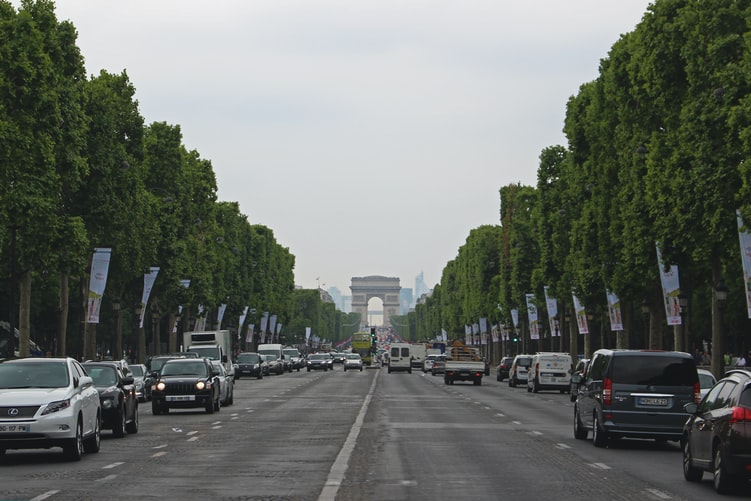
Les Champs-Elysées. Photo: J Shim/Unsplash
Today, the garden path turned new boulevard, has become the Axe Historique that encapsulated with the growth of Paris leading today to the La Defence, the city’s modern business district.
You can learn more about the area, and Le Nôtre’s designs, on our tour of the Tuileries and Palais-Royal. Want to learn more about Le Nôtre? Consider one of our tours to Vaux le Vicomte or Versailles. Or contact us here to set up a custom tour.


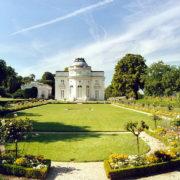

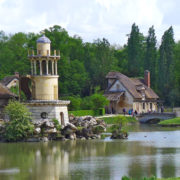
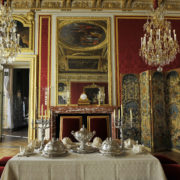

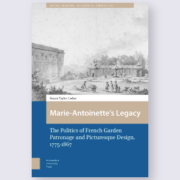


Leave a Reply
Want to join the discussion?Feel free to contribute!